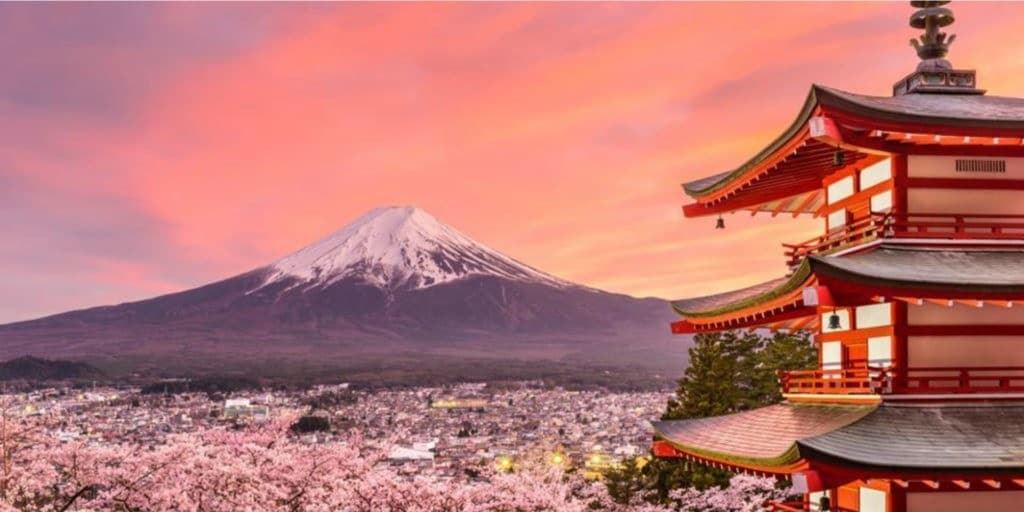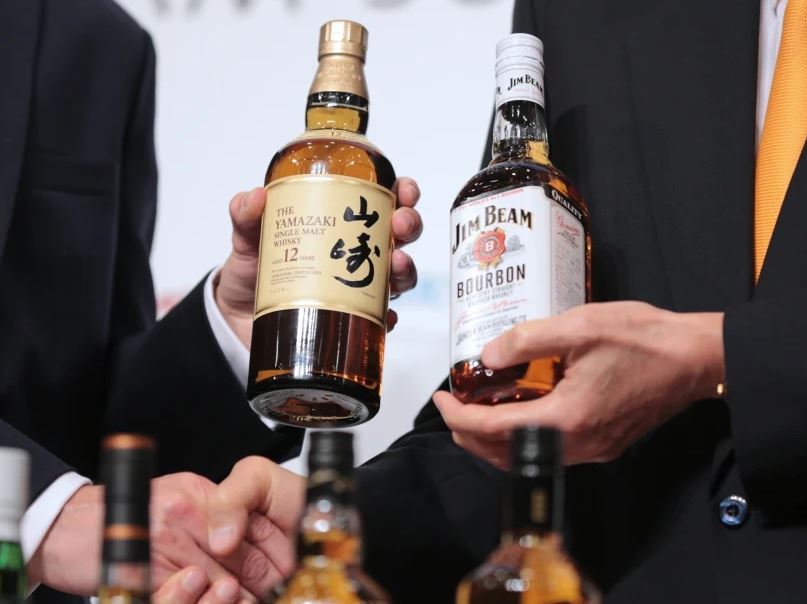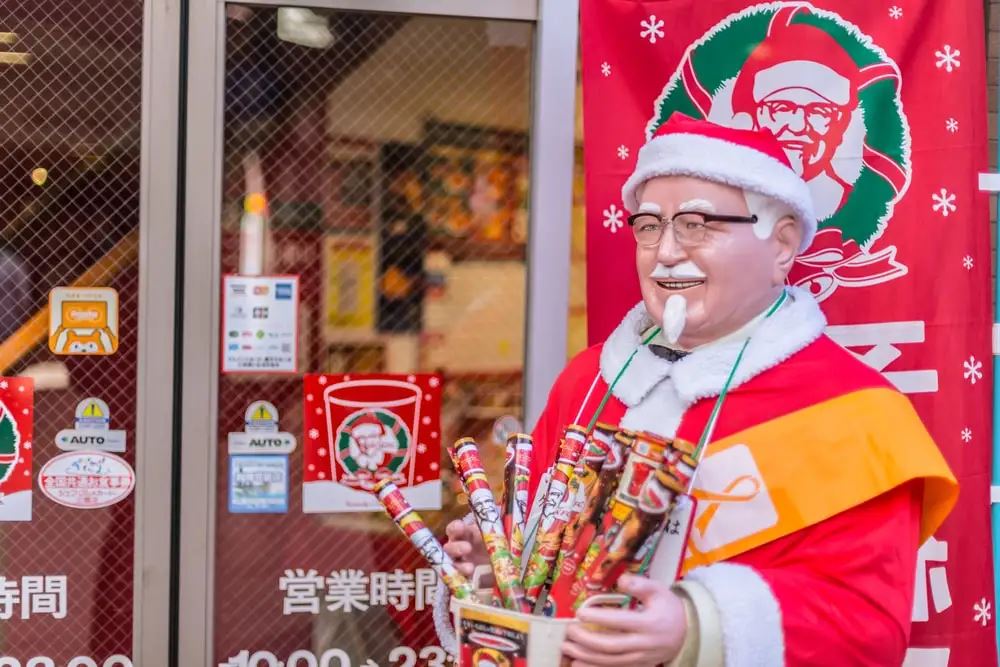Bourbon’s Role inJapan-Kentucky RelationsBY MICHAEL DI GIROLAMO |
Scattered throughout picturesque towns and cities in the rolling hills of the Kentucky Bluegrass Region, distilleries have produced America’s native spirit , bourbon whiskey, for hundreds of years. Over 6,000 miles away, producers in Japan have produced their own take on whisky since 1914. Whether it’s American bourbon or Japanese whisky, both regions have emerged as some of the most famous distillers in the world. This shared heritage producing distilled spirits has allowed them to engage more deeply with one another, making bourbon a key fixture of trade and cultural exchange between Kentucky and Japan.
Kentucky bourbon and Japanese whisky are distinguishable in many ways, but one of the most notable is what they are made of. Bourbon is produced from at least 51% corn, while Japanese whisky is generally made of malted barley like Scotch whisky. While bourbon takes a minimum of two years to mature compared to Japanese whisky’s three years, both beverages tend to be aged much longer (six-to-ten years and five-to-twelve years, respectively). Despite these differences, distillers in both markets have often learned from and collaborated with one another. The history of Kentucky bourbon in Japan dates back to the 1970s, as bourbon sales in the United States declined. During this time, American liquor companies, Schenley Industries and Brown-Forman, negotiated distribution partnerships with Suntory Holdings, Japan's largest producer of distilled beverages. In doing so, they worked together to set up bourbon bars across the country, seeking to make customers out of Japan’s youth. Other whiskey brands followed suit and began to distribute in Japan, and soon the industry thrived once again. American whiskey exports to Japan (of which bourbon is a significant component) were valued at over$89 million in 2021, highlighting just how large the market has grown. Japanese and American distilleries have a history of collaboration with one another. In 2002, the Tokyo-based Kirin Brewing Company, Ltd. purchased Four Roses Bourbon. More recently Suntory Holdings acquired Beam, Inc., creating Beam Suntory in 2014. The latter, American-founded but a subsidiary of a Japanese multinational, now employs 4,800 employees around the world and produces six kinds of bourbon and six kinds of Japanese whisky for American and Japanese markets alike. Though differing work cultures initially caused strains between Suntory and Beam, the acquisition has strongly benefited both producers. Sales of Jim Beam bourbon increased by nearly 1400% in Japan between 2012 and 2015, and Beam Suntory controlled 19% of the American whisky market by 2016. Beam Suntory has also produced some of the most innovative whiskies in recent years. For example, in 2019 Beam Suntory released Legent Bourbon, a bourbon produced using Jim Beam’s standard mash bill (the mix of grains used to produce bourbon) while using different cask finishes to create a blended beverage. Traditionally, bourbon is not blended in the United States, while Japanese whisky lacks a mash bill. As such, both the Japanese and American sides of the company learned from one another and created a new beverage that pushes of the boundaries of both regions’ production traditions. Though they are separated by great distance, American and Japanese distilleries have learned much from each other's whisky production processes. Strong American bourbon sales in Japan and a growing interest in Japanese whisky in the United States are testaments to the strength of this relationship. Only time will tell how this relationship develops in the future, but one thing is certain: a passion for fine distilled spirits has become a cornerstone of Kentucky-Japan relations. Note: the spelling of ‘whisky’ is quite fluid. Generally, it is spelled ‘whiskey’ when referring to American spirits and ‘whisky’ when referring to Japanese spirits. |
JAPAN-KENTUCKY RELATIONsHow "KFC - kentucky for Christmas"begin in JapanTori C. |
|


